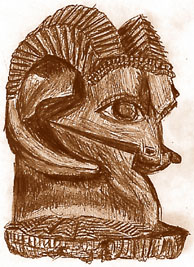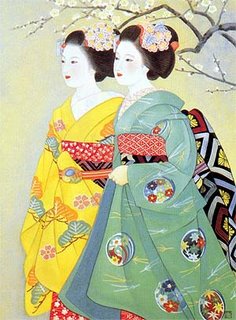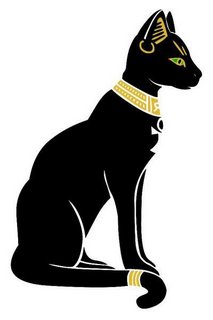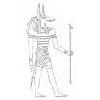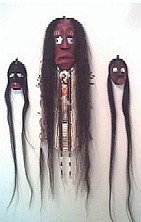
What is my heritage?
I have a very diverse and rich heritage. I have a lot of German blood, but I am also Sweedish, Austrian, Irish, Polish and Native American. I feel that I most identify with my Native American ancestors. My great great great grandmother was an Iroquois. I feel this way because I am very close with nature, am family oriented and have a passion for horses.
The Iroquois Indians resided in the northeast of North America, more specifically from the Hudson River to Lake Erie. The Iroquois were mainly hunters. They hunted many animals, including bear, beaver and rabbits, but manily deer. In addition to hunting several tribes favored fishing. In order to hunt the Iroquois used bow and arrows, as well as traps. When the Iroquois caught an animal they used all of it. They ate the meat, used the hides for clothing and bones for tools. The Iroquois are best known for their rituals using masks, false faces or medicine masks. No two masks are ever the same. Those who wore the masks were believed to have the power to ward off sickness.
One of the most popular Iroquois myths is the "No Face Doll." The story begins wih the three sisters, or the sustainers of life. The three sisters were known as corn, beans and squash. The corn asked the Creator what more she could do for her people and the Creator replied that she could make a beautiful doll from her husks. She then created the doll and gave her a beautiful face. She sent the doll to various villages for the children to play with. The doll would play and do whatever she could for the children. At each village she was told how beautiful she was and over time she grew vain. The Creator talked to the doll and explained that vanity was not a good behavior and if she did not change her ways she would be punished. The doll agreed. One day the doll stopped at a creek and admired her reflection, thinking that she was indeed beautiful. The Creator sent an owl to fly above her and when she looked again at her reflection, she had no face. The Creator's punishment was the removal of the doll's face. The lesson is not to think that you are better than anyone else and that the Creator gives everyone something special. When an Iroquois mother gives her child a doll, the child is told this legend.
The Iroquois have many gods and goddesses. Some of the better known deities are Hino, the thunder god and god of the skies who destroys evil beings and Deohako, the spirits of maize, beans and squahs. Ataensic is known as mother earth. The big heads are the demon gods. The Iroquois also have several creators, including Sone-yah-tis-sa-ye, Ioskeha and Hahgwehdiyu.






